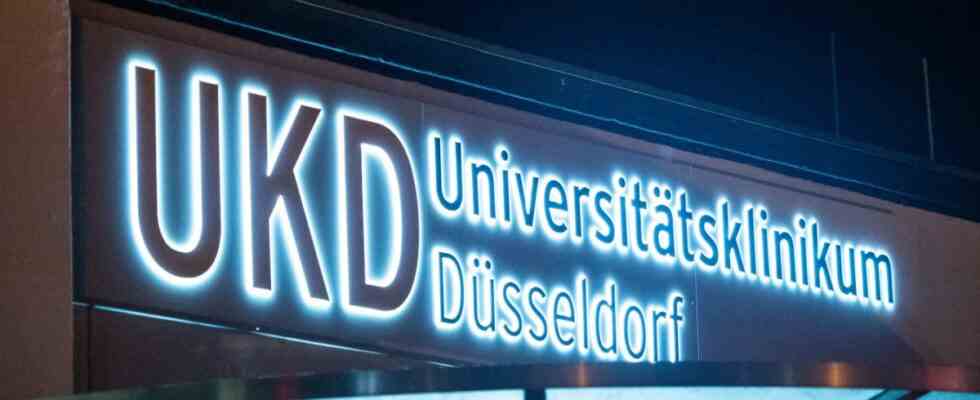Since the discovery of the human immunodeficiency virus (HIV) in 1983, research has regularly made progress in the fight against the pathogen. How the journal Nature Medicine Now reported, for the third time worldwide, physicians have succeeded in curing an HIV-infected cancer patient of both diseases with the help of a stem cell transplant.
The “Düsseldorf patient” – in reference to his treatment at the University Hospital Düsseldorf – is a 53-year-old man who was diagnosed with acute myeloid leukemia in 2011, three years after his HIV diagnosis. He received a stem cell transplant in 2013. By 2018, the treating physicians could no longer find any evidence of the virus, so they stopped antiviral therapy. After not recording any signs of a recurrence of the infection in the past five years, the scientists are now talking about the patient being completely cured.
Receiving a stem cell donation carries a high risk of complications
For the therapy of the “Düsseldorf patient”, the doctors used donated stem cells that have the gene mutation CCR5Δ32. This mutation ensures that there are no CCR5 receptors on the cell surface to which the HI virus could dock. Without receptors, it is difficult for the virus to enter cells and then infect them. Anyone who carries these mutations is therefore almost resistant to the pathogen. The problem is that only one percent of all potential donors have stem cells with the necessary mutation. People of non-European descent do not carry the relevant genotype at all. In the absence of suitable donors, treatment such as that experienced by the “Düsseldorf patient” is only possible for a few patients.
“Right from the start, the aim of the transplantation was to get both the leukemia and the HI virus under control,” said the attending physician Guido Kobbe from the Düsseldorf University Hospital of the dpa. With this success, the research team now hopes that the study will show ways of treating HIV-infected people without cancer by transplanting gene-edited stem cells in the future. The mutation would be inserted, for example, by using gene scissors such as Crispr/Cas.
But the hurdles are high, because receiving a donation can have serious side effects. “This risk is acceptable against the background of an inevitably fatal blood cancer, but not in the context of a disease that – like HIV infection – can be controlled today,” says Boris Fehse, head of the research department for cell and gene therapy at Hamburg University Hospital -Eppendorf the Science Media Center (SMC).
From the point of view of many experts, an expansion of the therapeutic approach to HIV-infected people without cancer is more of a hope for the future. “One problem here seems to be that in the case of corresponding gene therapy approaches, all cells must subsequently have the CCR5 gene mutation,” says Jürgen Rockstroh, head of infectiology at the University Hospital Bonn to the SMC. However, this is not necessarily achievable for all cells, so that there always remains a reservoir of cells that have not been modified by gene therapy.
And yet: The fact that after the “Berlin patient” and the “London patient” the “Düsseldorf patient” has now also been treated successfully is basically encouraging, says Rockstroh. “This underscores the promise of these approaches.”

